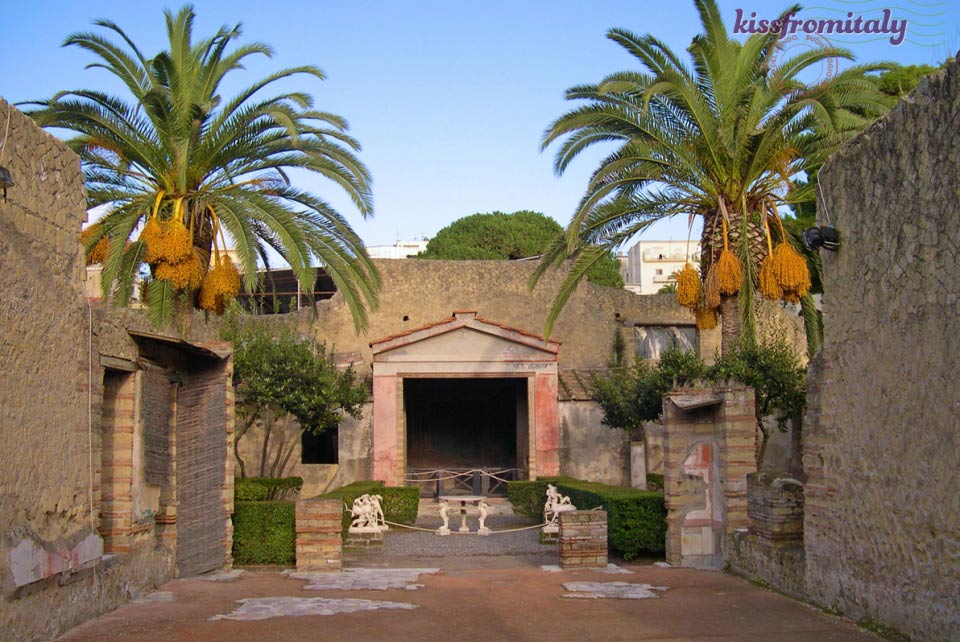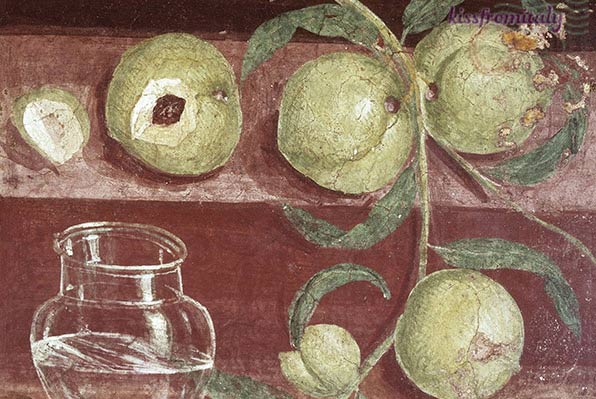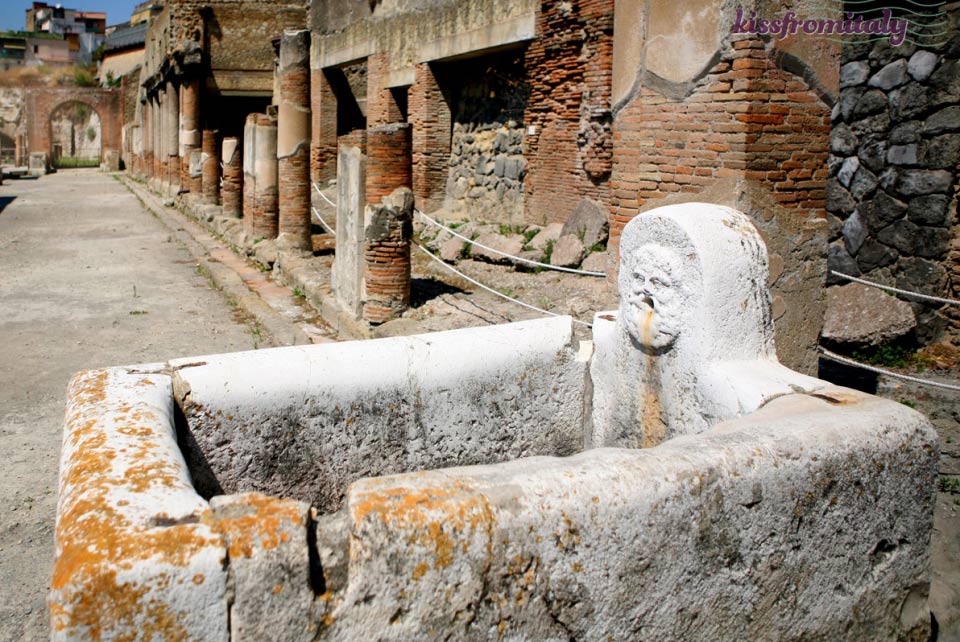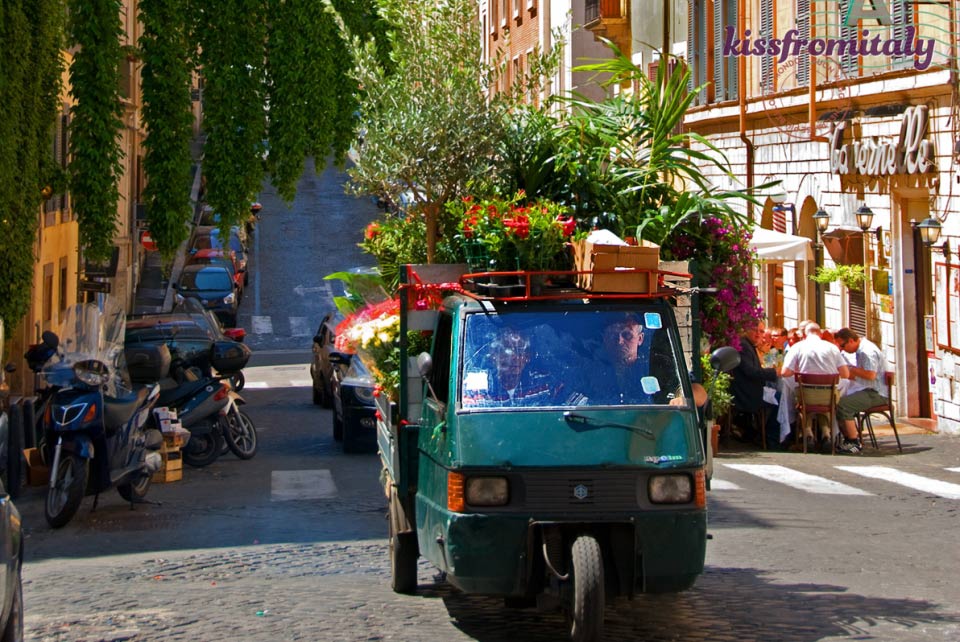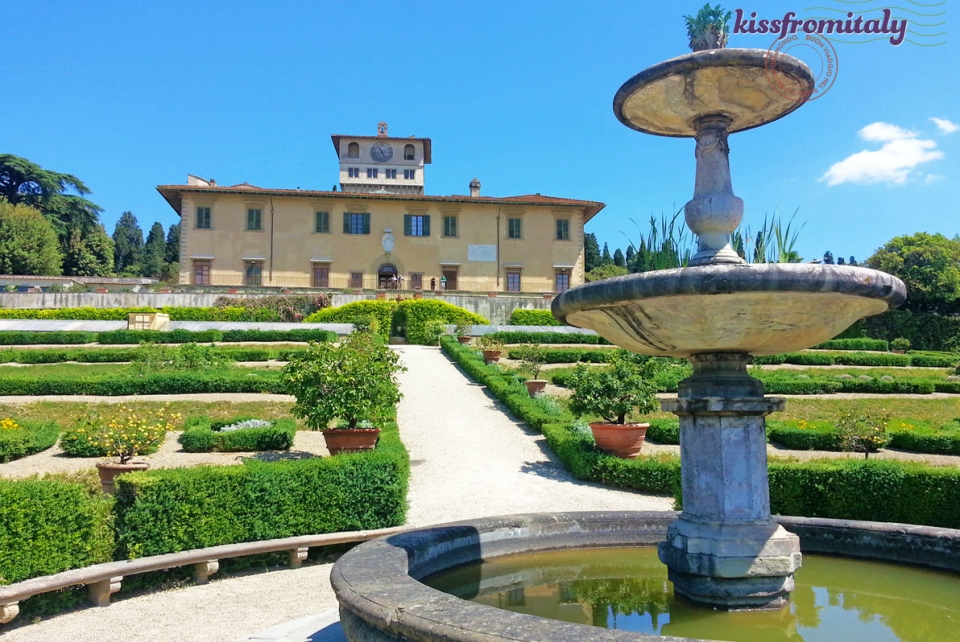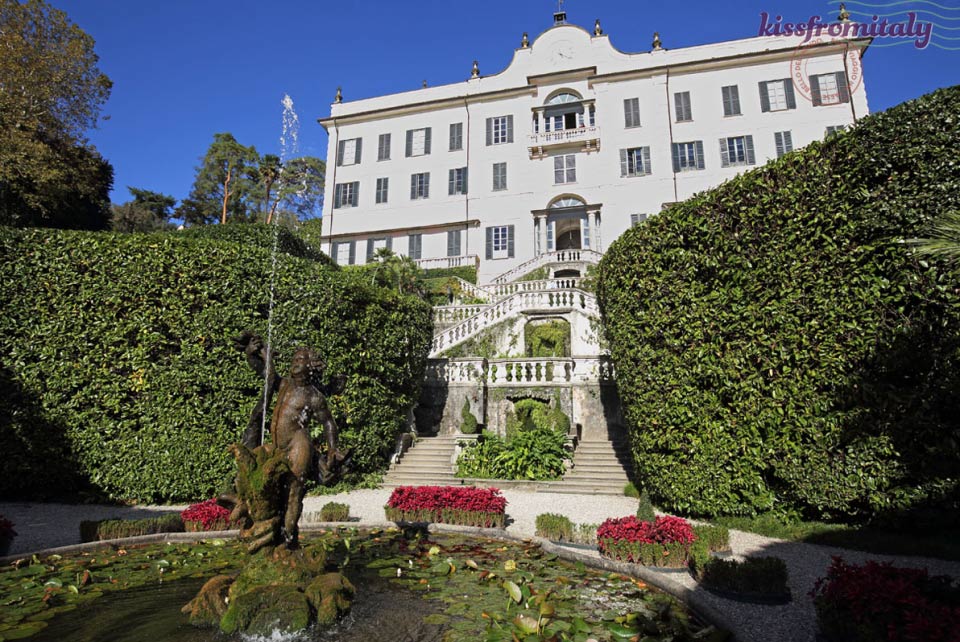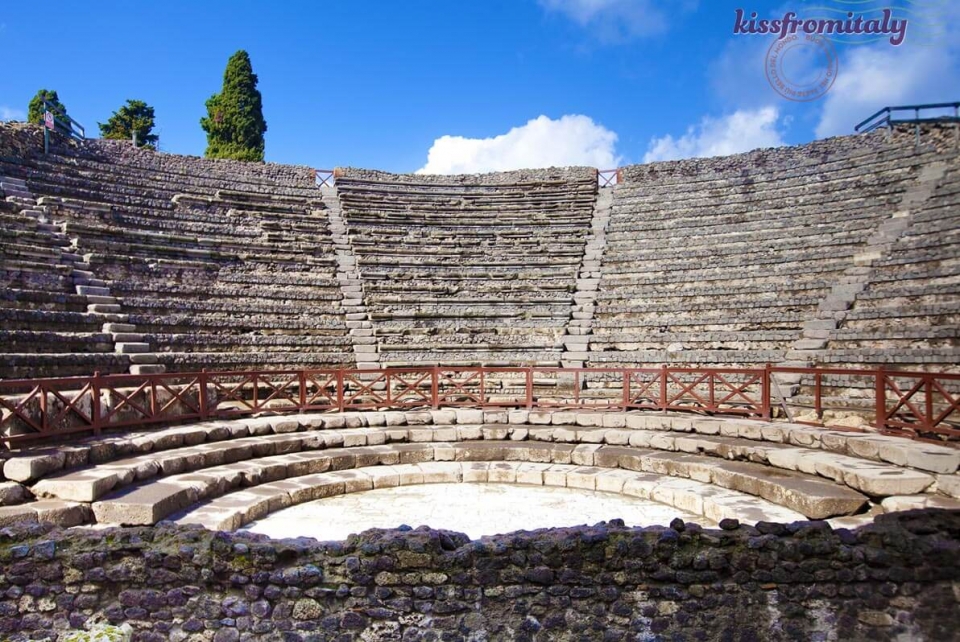
An Exploration of the Gulf of Naples' Ancient Past
Every year, over 2.5 million tourists visit Pompeii, the unearthed Roman city that met its fated demise when Mount Vesuvius erupted in 79AD. Walking the Roman streets of the archeological site, visitors can enter frescoed villas, wander public baths covered in mosaics and stand in the arena where gladiators once drew their swords. However, the real draw of Pompeii is the city’s ability to make this distant civilization seem, not so unlike us. Looking at hand-carved graffiti about gladiators, tracing metal pipes that delivered water to the fountains or realizing that the petrified man’s silhouette is holding his dog during his last moments– can humanize and allow us to relate to this ancient civilization. Returning visitors to the site or tourists looking for an even more ‘authentic’ experience, away from the sweltering crowds and touristy town outside Pompeii, should consider the equally impressive and less-frequented archeological site of Herculaneum.
Gallery
Similar to Pompeii, Herculaneum was a seaside Roman Village that was also destroyed in the deadly eruption of Vesuvius. Until the eighteenth century, the site remained hidden under 60 feet of ash. Unlike her sister site, Herculaneum lies closer to the volcano and suffered pyroclastic lava flows (a mixture of gas and ashes) that slowly covered the city. This type of lava flow caused minimal structural damage and prevented many structures from collapsing. The flow’s high temperatures also carbonized wood structures, allowing archeologists to uncover organic materials in modern times. With carbonized wood beams still in place (although some have been replaced with modern timber for extra support) Herculaneum allows 21st century visitors a peak into the architecture of an ancient Roman city. Admire the two-storied apartment buildings with wooden balconies as you stroll the ancient streets. You’ll be surprised how such a distant culture could be so advanced and shocked at its similarities to the contemporary world!
Having a guide with you is the best way to bring Herculaneum to life. Be sure to visit the ancient baths and investigate their heating system (quite interesting and advanced!). Pass by the House of Neptune and Amphitrite to revel in the colors of this beautiful and well-preserved mosaic, before stopping at the House of the Deer, which was once a luxury waterfront home. The largest archeological gem on the site is certainly The Villa of Papyri, which contains hundreds of scrolls with ancient texts that have been lost over the centuries. Although most of the library is badly carbonized, there is hope that modern technology can one day decipher this myriad of classical literature. Archeologist even suspect that more scrolls are still buried in unexplored sections of the villa!


